6 ways to improve the performance of your pedalboard
Want to get the best from your pedals? Here are 6 pedalboard hacks every guitarist should try
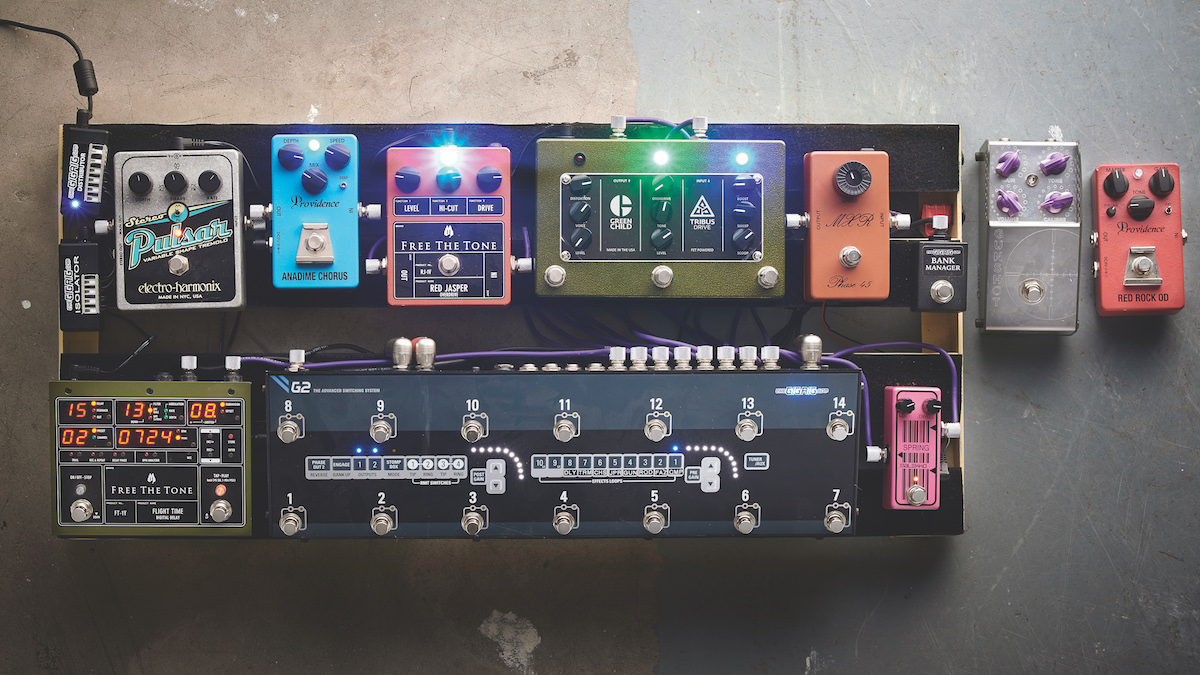
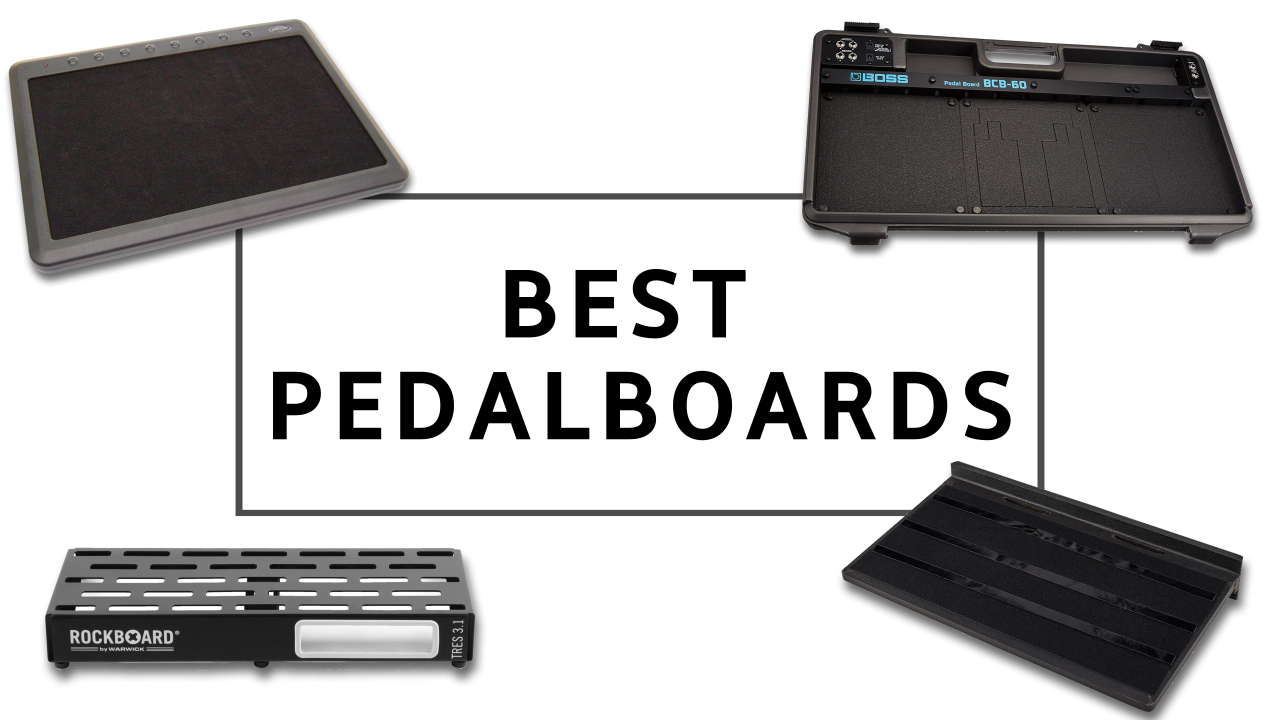
Explore our pick of the best pedalboards and get your effects in order
With the lack of live music and limited rehearsal opportunities right now, guitar players are stuck at home getting to grips with projects that have probably been put off for too long. For some that might be intonating a guitar or two, for others, it might mean finally getting that pedalboard in order.
Whether you're upgrading, expanding, or simplifying, taking the time to get your ‘board functioning more optimally and reliably will pay dividends once the venues re-open their doors. Regardless of whether it’s your 50th or very first attempt, here are some essential tweaks and upgrades you should consider to take your pedalboard to the next level.
Some of the options require a little financial outlay, while others here are completely free. Try one of them, or all of them; it will only improve the performance of your pedalboard.
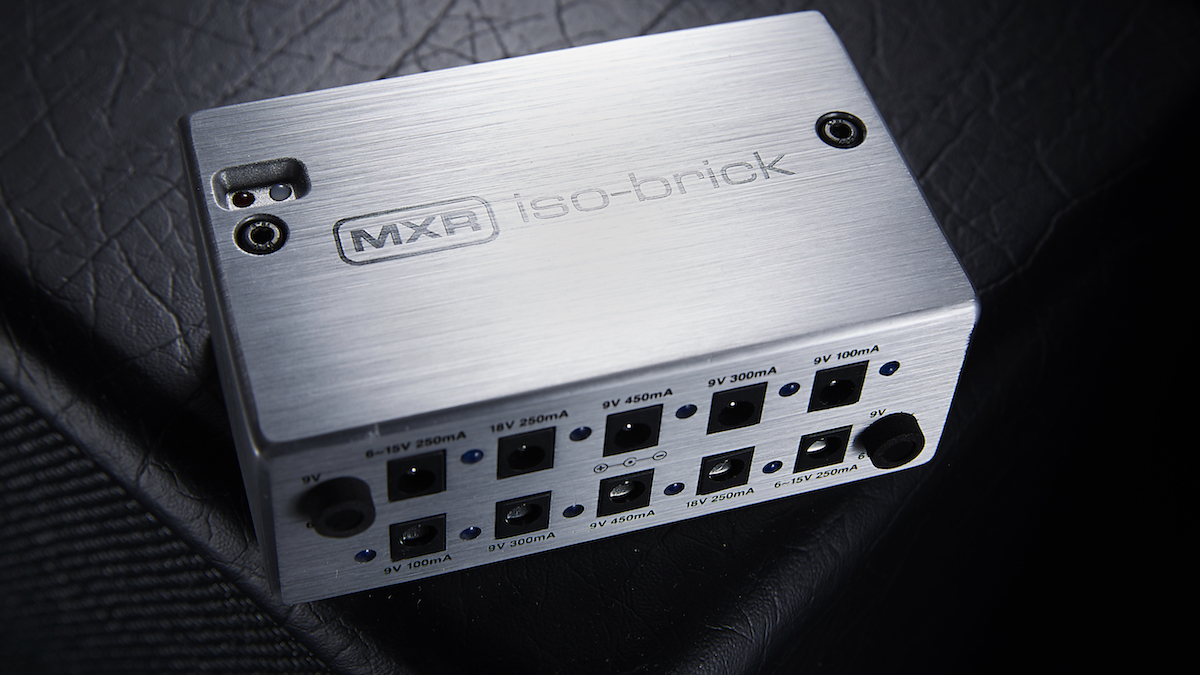
1. Invest in your power supply
High-quality pedalboard power supplies can be a bit of a hard sell. It’s not the sexiest purchase compared with some of the cool boutique effects you could buy with the same cash. And surely if your $20 power supply from Wish is doing the job then who cares, power is power, right? Not really, no. If you’re trying to take control of your tone and keep it as consistent as possible between home, rehearsals, and the stage, investing in a quality isolated power supply is one of the best things you can do.
If your power supply isn’t isolated, you leave the door open to uninvited visitors like buzz, hum, and hiss; or the noise from one pedal can enter the signal path of another. If you use more than say five or six pedals, especially if they are particularly noisy, this can really build up to intolerable levels of hiss. Using an isolated power supply will reduce this unwanted noise dramatically.
Secondly, most high-quality power supplies have different voltage options outside the standard 9V DC, which gives you the opportunity to really optimise your pedals. Some overdrives can operate at 12, 14 and even 18V for increased headroom. Conversely, a lot of fuzz pedals benefit from voltage sag and running those as low at 4V can be a way to get some interesting results. Running certain pedals at different voltages is definitely one way you can enhance your sound, but you should always read your pedal’s manual and understand its capabilities before attempting anything of the sort.
- Read more: 10 of the best pedalboard power supplies for every budget
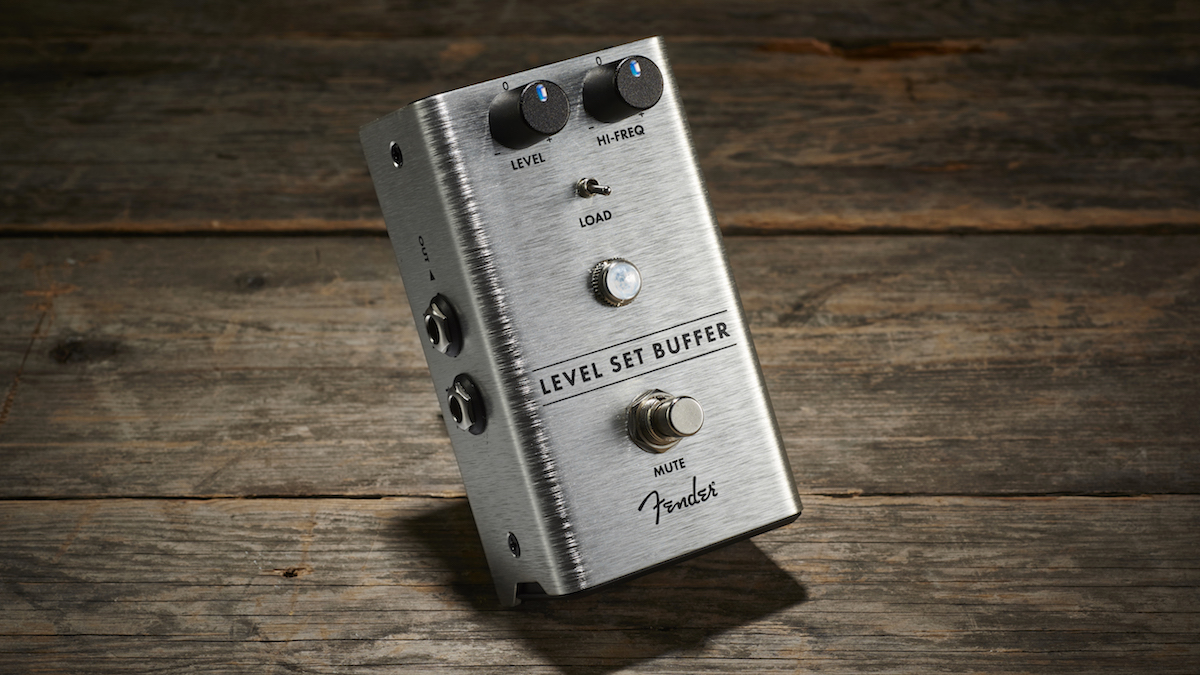
2. Add a buffer pedal
Again, nobody is getting excited at the prospect of buying a buffer pedal, but this often-overlooked box can really help you get a handle on your tone. After running a bunch of pedals and cables from your guitar to your amp, your signal is going to suffer in some way. The longer your chain, the more your higher frequencies are being cut before completing the circuit.
Get The Pick Newsletter
All the latest guitar news, interviews, lessons, reviews, deals and more, direct to your inbox!
Essentially, buffer pedals help preserve the signal and overall frequencies going into the amp. How a buffer pedal is used, and where it is placed is really down to your own board and what your needs are, but one thing to keep in mind is that your signal will be effectively restored following a buffer pedal, so placing it towards the end of your circuit is often a good place to start.
Buffer pedals also vary greatly in terms of sophistication (and price), going from incredibly advanced with a range of controls and functions, to some which have no controls at all. So finding the right buffer pedal for you may require a little bit of research.
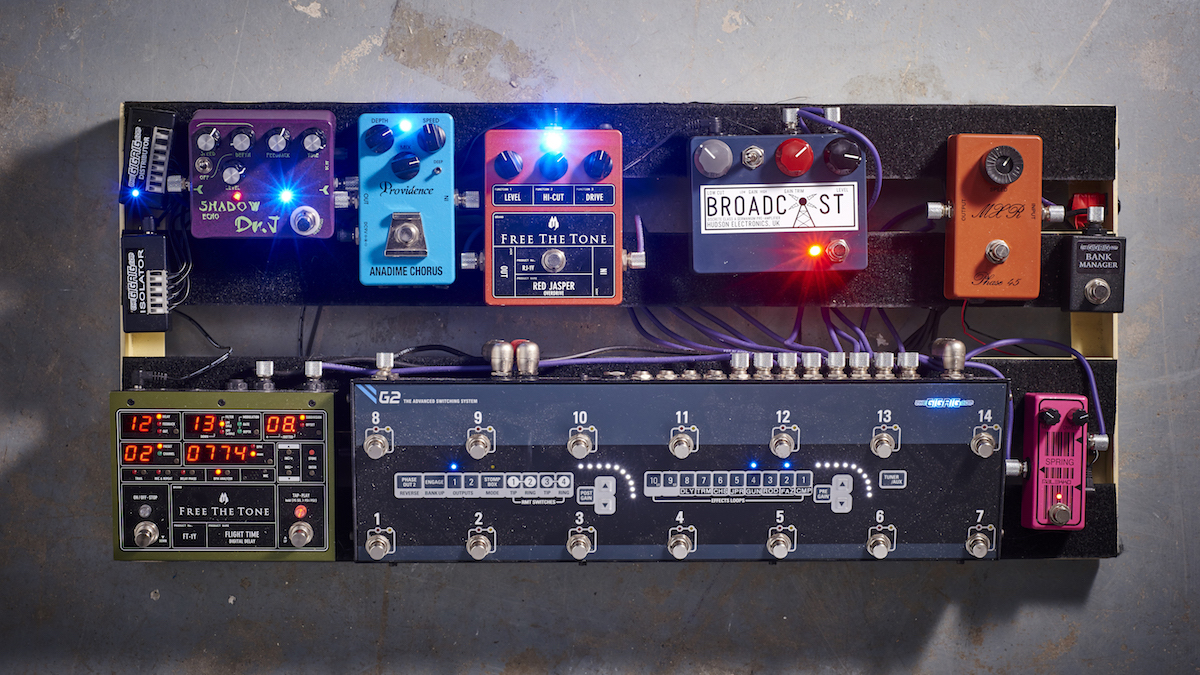
3. Get your chain order in the right… order (for you!)
This is probably the most important and obvious one that comes with no extra cost. There are countless threads dedicated to this subject, and regardless of what anybody says there’s no right or wrong way to order your pedals. Having said that, there’s a rule of thumb that works for many players and is a good place to start if you are getting to grips with your tone.
A standard order from your guitar to your amp is:
- Tuner
- Wah
- Compressor
- Distortion/overdrive/fuzz
- Modulation (chorus, flanger, phaser)
- Delay
- Reverb
By sticking to this order you should be able to keep a clear and consistent sound throughout your chain. It is all down to personal preference though. For example, some guitarists swear by running a wah pedal after their gain effects like distortion and fuzz because they like the fatter sound this can create, while others find this too abrasive and less expressive. Volume pedals and pitch shifters can also slot in towards the end or start of your chain, depending on what you are going for. Don’t be afraid to experiment to find the best order for your sound.
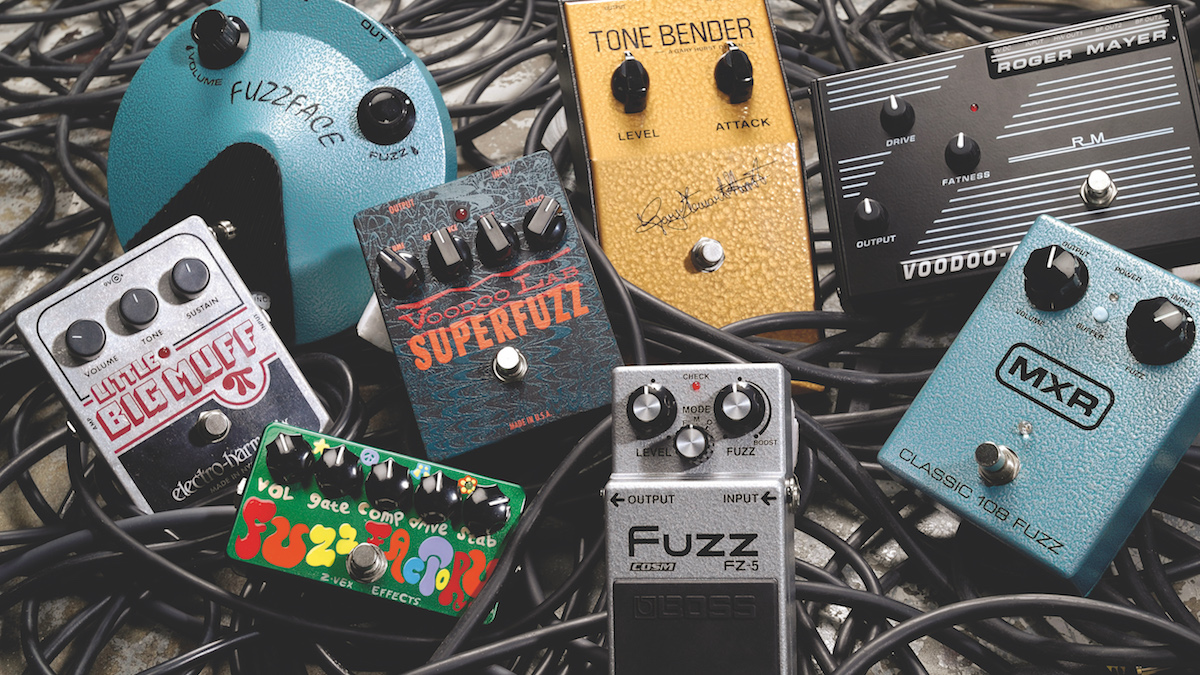
4. Manage your cables
Whether you’re a touring musician or a bedroom strummer, there are many benefits (both technical and functional) that come with effective cable management. If you are a gigging musician or travelling to rehearsals, having a well-laid out pedalboard will help you get your gear together in a shorter amount of time. Ensuring that every pedal is well mounted to your board, and has a clear path for all its associated cables will go a long way to doing that.
One of the most important elements of proper cable management is ensuring you don’t have extra cables where you don’t need them, so using cut-to-length cables is a great solution to this problem. Doing this means you are getting the cleanest possible layout – which will help you avoid tangles – and the cleanest possible sound if you lay your board to limit the crossover between your patch cables and your power cables. On that note, invest in the best possible guitar cables you can for your board and your guitar. It probably doesn’t need to be said, but there’s no point going to the effort of giving yourself the perfect layout if you are just going to use unreliable or cheap cables.
- Tidy up your board with the best patch cables
- Invest in your signal with the best guitar cables
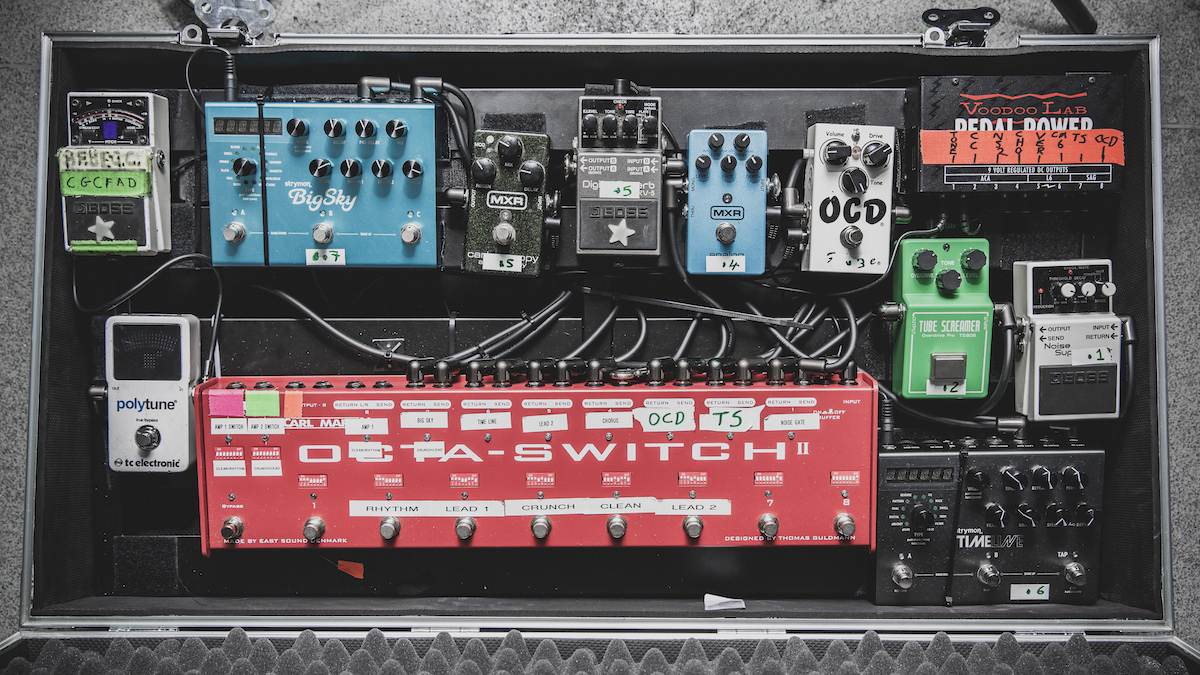
5. Play around with pedal switchers
If you are somebody who uses multiple effect combinations (i.e. two or more pedals used simultaneously) and aren’t using a pedal switcher, then you really are missing out. Pedal switchers are basically like the footswitch you might use with your guitar amp, but instead, it’s connected to some or all your pedals.
They give you total control over your effects and are one of the greatest additions you can make to your board. For example, with just one click you can turn on your distortion, delay, and compressor, and turn off your reverb, chorus and flanger – so there is no more crazy tap dancing and fear of falling over. While you will need to spend a little bit of time programming a footswitch to optimize it for your needs, the return you get from ease of use will make it well worth spending the time.
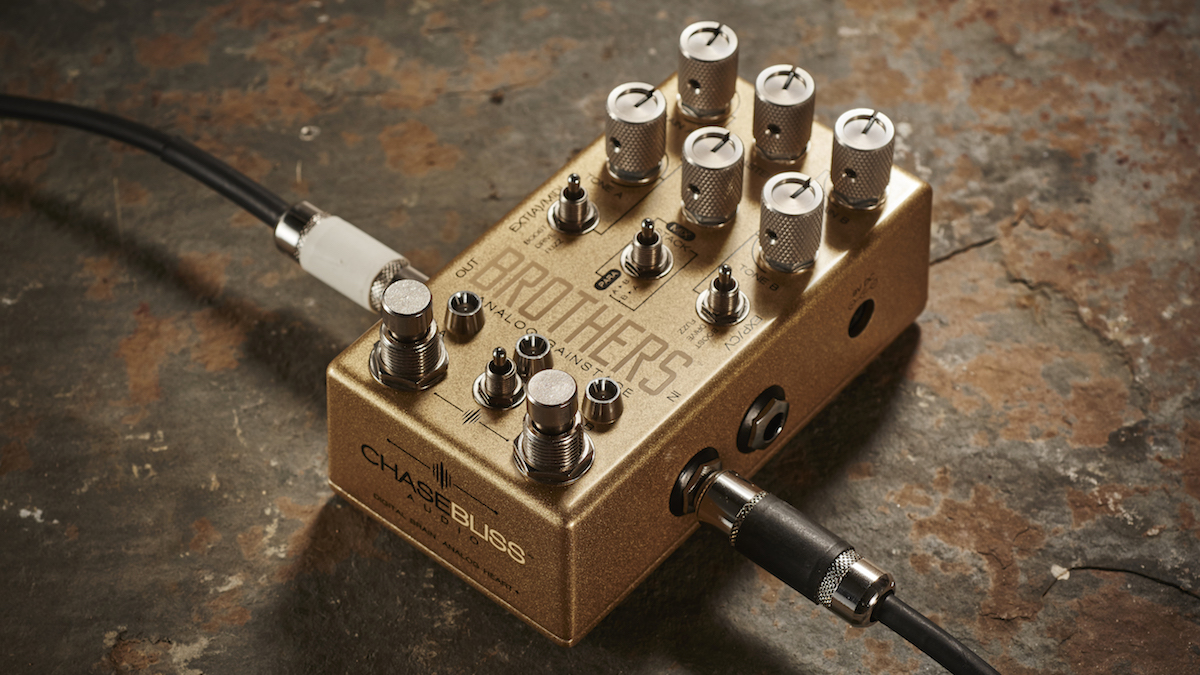
6. Spend time with your individual pedals
When you buy a new pedal, one of the most exciting things to do is to get it on the board and see how your brand new set up works. While you can still do that, it really does pay to spend some time with each of your pedals on their own, going through their settings. If you’re only using your pedals in a combination, you’re only really experiencing a fraction of their capabilities. Getting to know what each pedal is capable of individually will help you get the most out of them when they’re used together.
Your board is an extension of you as a player, so it should be set up to meet all your playing needs. While every guitarist has different requirements, having a functional and reliable board should be the main priority and taking the time to implement a good cable and power system will go a long way to achieving that.
Chris is a contributor to Guitar World and MusicRadar with around 20 years of guitar playing experience – including writing for and recording various projects for around 15 of those. Outside of practical experience, he’s studied music throughout his life, with a particular focus on composition at university. He’s something of a 90s tragic and a sucker for anything with a groovy, metallic edge or psych and stoner vibes. Outside of music, he’s an avid cook, gardener, and rugby league lover.
“An all-in-one power solution, on or off the grid”: D’Addario’s rechargeable XPND Pedal Power promises to make your ’board more portable – but only if you daisy chain
“Our new power supplies are about as state-of-the-art as you can get”: How Truetone’s game-changing 1 Spot Pro series is continuing to provide pro pedalboard power to the masses with the new CS11 and XP5


![A black-and-white action shot of Sergeant Thunderhoof perform live: [from left] Mark Sayer, Dan Flitcroft, Jim Camp and Josh Gallop](https://cdn.mos.cms.futurecdn.net/am3UhJbsxAE239XRRZ8zC8.jpg)







